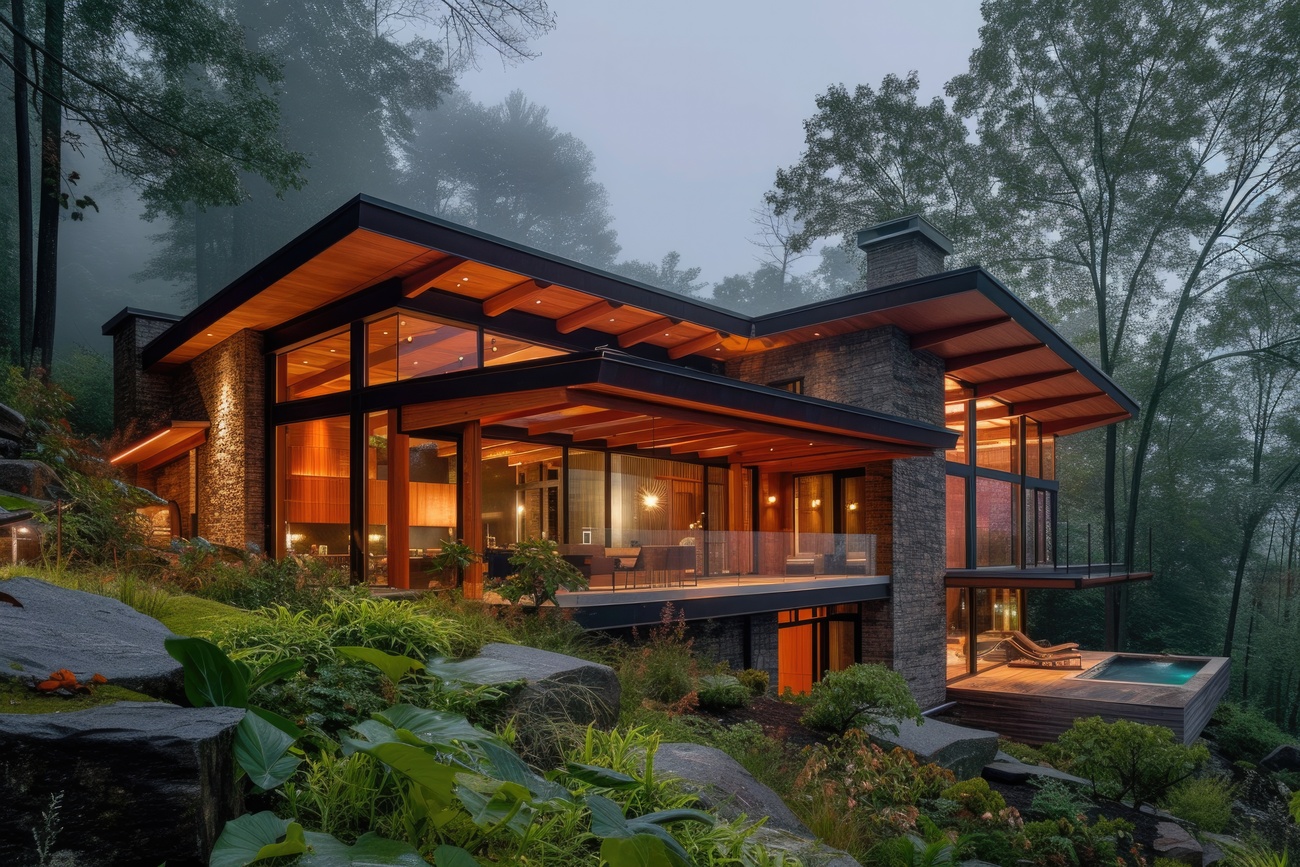
Tips for Building a Strong House in Disaster-Prone Areas
Building a home in an area that is vulnerable to natural disasters such as earthquakes, floods, or strong winds requires careful planning and the right construction strategies. A well-designed house not only provides comfort but also ensures safety for its occupants. Below are some essential tips for building a strong and resilient house in disaster-prone areas:
1. Choose the Right Location
Before starting construction, carefully evaluate the land and surrounding environment. Avoid areas too close to rivers, steep hills, or unstable ground. It is wise to consult with geologists or local authorities to ensure the land is safe and suitable for building.
2. Use Quality Building Materials
Strong materials are the foundation of a disaster-resistant house. Reinforced concrete, high-quality steel, and durable bricks are recommended. For wooden structures, use treated wood that is resistant to termites and moisture. Investing in reliable materials may cost more, but it provides long-term safety.
3. Apply Earthquake-Resistant Design
In earthquake-prone areas, the structural design should follow seismic building codes. This includes installing strong foundations, using flexible joints, and ensuring the load is evenly distributed. Simple shapes such as squares or rectangles are safer compared to complex designs.
4. Elevate the Structure in Flood-Prone Zones
If the area is often affected by floods, elevate the foundation above the highest recorded flood level. Proper drainage systems should also be installed around the house to prevent water from pooling.
5. Strengthen the Roof and Openings
Roofs are highly vulnerable during storms and high winds. Use lightweight but strong roofing materials and ensure they are securely fastened. Windows and doors should also be reinforced with durable frames and protective shutters if necessary.
6. Incorporate Ventilation and Emergency Exits
Good ventilation helps prevent dampness and mold after flooding. Additionally, provide easy-to-access emergency exits so that occupants can evacuate quickly in case of disaster.
7. Regular Maintenance and Inspection
Even a strong house can weaken over time without proper maintenance. Regularly check the foundation, roof, walls, and drainage systems. Immediate repair of cracks or leaks will prevent further damage during disasters.
8. Consult Professionals
Hire licensed architects and engineers who have experience in designing disaster-resistant buildings. Their expertise will ensure your house complies with local building regulations and safety standards.
Building a house in a disaster-prone area is not just about comfort, but about survival and safety. By choosing the right location, using strong materials, and applying disaster-resistant design, homeowners can significantly reduce risks and protect their families for years to come.

Date: November 13, 2025
The global property sector is entering 2026 with a complex mix of opportunities and structural challenges. As markets recover unevenly from economic disruptions of the early 2020s, developers, investors, and policymakers must confront new realities shaped by shifting demographics, technological adva ...

Date: November 14, 2025
Buying a house is one of the biggest financial decisions most people will ever make. While many buyers focus on the down payment and monthly mortgage, there are several hidden costs that often catch them by surprise. Understanding these expenses can help homebuyers prepare more accurately and avoid ...

Date: November 15, 2025
For years, many assumed that Gen Z facing rising housing prices, student loans, and economic uncertainty would delay homeownership even longer than millennials. Surprisingly, the trend is shifting. Around the world, more Gen Z adults (typically defined as those born between 1997–2012) are beginnin ...

Date: November 15, 2025
For many people, owning a home remains a major life goal symbolizing stability, security, and long-term financial growth. But with rising property prices, higher living costs, and economic uncertainty, the big question for 2025 is clear: Is buying a house still realistic? The answer depends on sever ...

Date: November 11, 2025
In the fast-paced world of real estate, the digital revolution has completely transformed how properties are marketed and sold. Today’s property agents and developers must adapt to changing consumer behavior, emerging technologies, and online competition. To succeed, real estate professionals need ...
Ala Land Bali — a magical place for the real you
BECOME PART OF THE HISTORY Share your contact details, and our manager will reach out
with full project details

